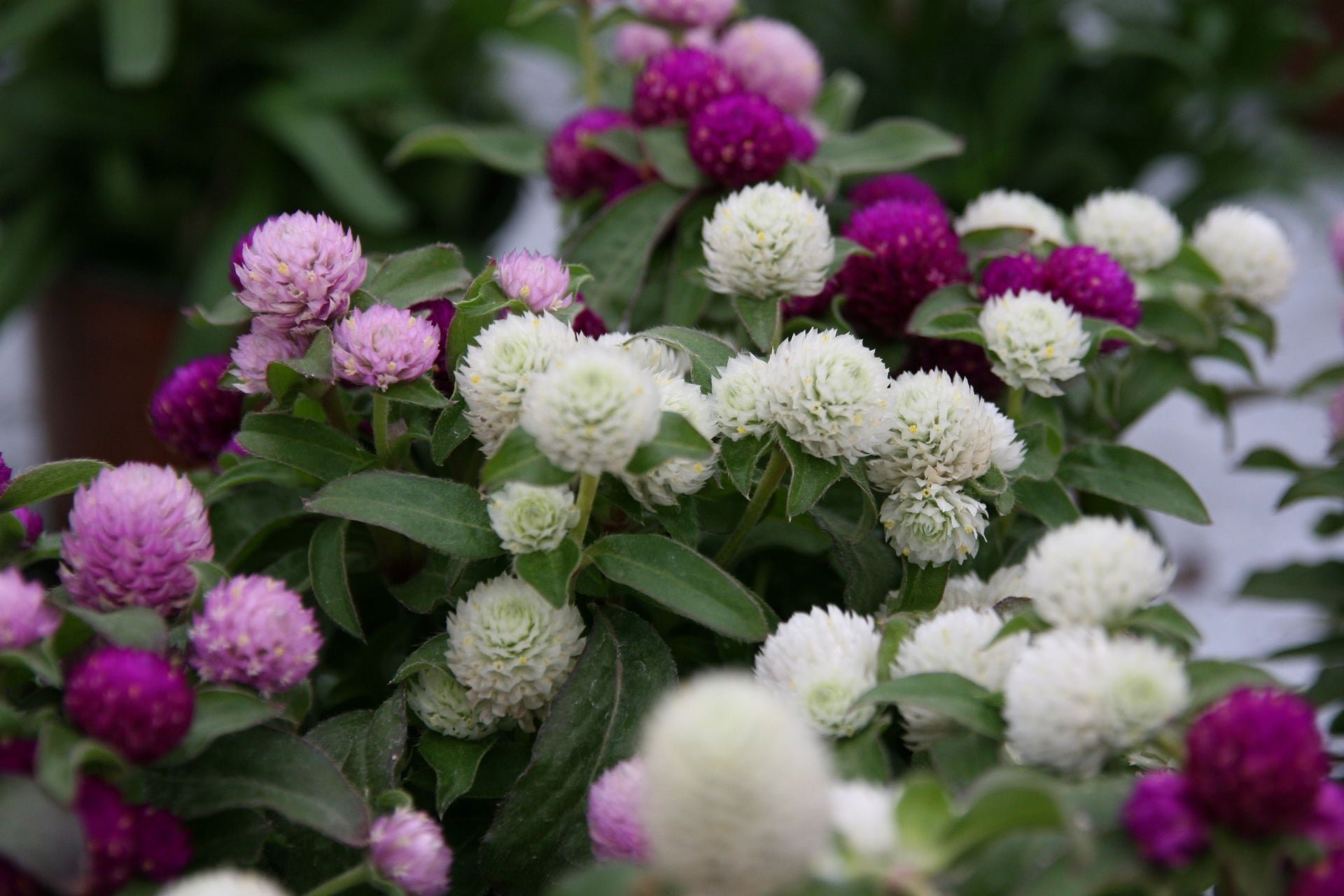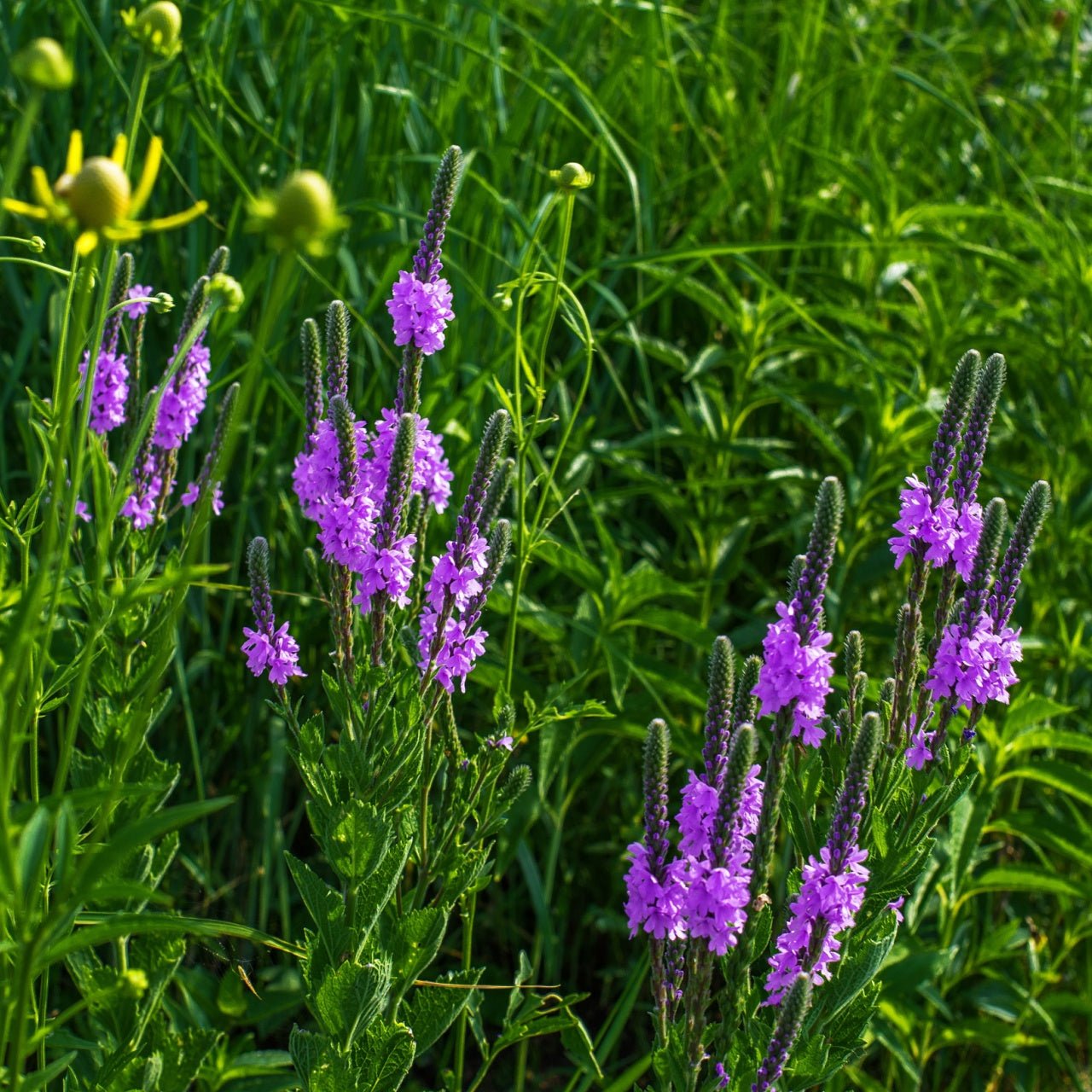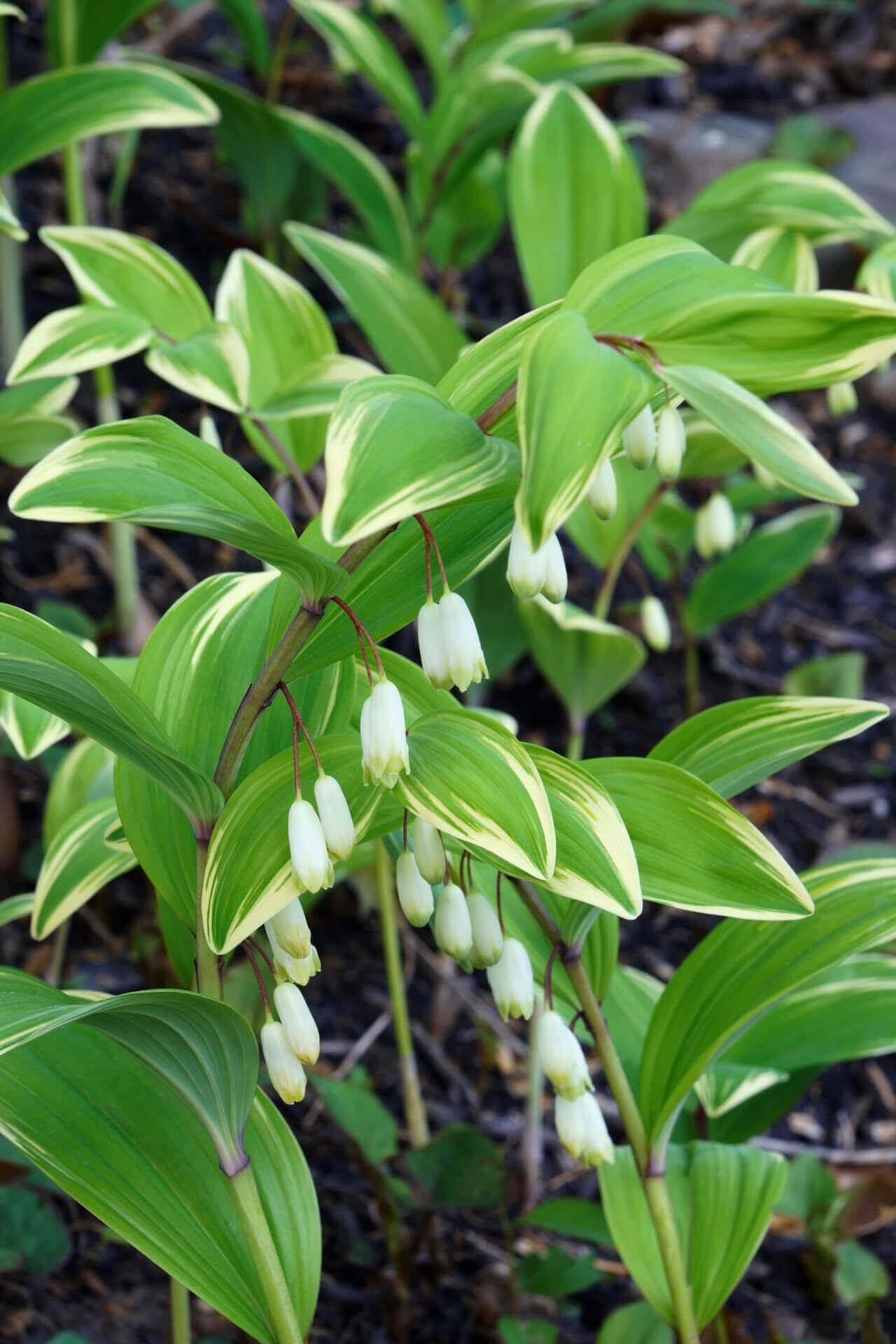What Is Gomphrena and Why Gardeners Love It
The ornamental plant called Gomphrena or globe amaranth features clover-like flowers that display vibrant purple, pink, white, and magenta colors. This resilient plant features round papery flowers that deliver both color and texture to garden borders and beds while attracting pollinators. Gomphrena serves as a dual-purpose flower because its blooms remain popular for drying while maintaining their appeal in fresh arrangements.
But one question gardeners often ask: Is gomphrena an annual or perennial? The answer depends on your climate. Gomphrena becomes a tender perennial in USDA Zones 9-11 because it can survive the entire year with protection from frost. In regions outside USDA Zones 9-11 gardeners grow gomphrena as an annual because it completes its entire growth cycle within one season.
Gomphrena's charm doesn’t end with its looks. Butterflies and bees along with hummingbirds find this plant attractive which makes it an excellent addition alongside native species. Growers who want to combine gomphrena with native wildflowers should pair it with Purple Coneflower (Echinacea purpurea), Bee Balm (Monarda fistulosa), and Blanket Flower (Gaillardia aristata). The native wildflowers share gomphrena's vibrant colors while attracting numerous local pollinators.
Keywords: Gomphrena grows as either annual or perennial plant known as globe amaranth flower and requires specific care while being a native flower that supports pollinators.
How to Grow and Care for Gomphrena Successfully
People enjoy growing Gomphrena because of its vibrant colors and its simple maintenance requirements. Plant seeds indoors between six to eight weeks before the final frost or sow seeds directly into the ground after frost danger ends. This plant prospers under full sunlight and well-drained soil conditions becoming highly drought-resistant after establishment.
Water regularly while young, then reduce frequency. Root rot is a common problem that results when plants are overwatered or planted in overly moist soil. The plant will develop denser and produce more flowers when you snip the first growth tips and remove wilted blossoms.
Mulching around roots helps maintain their viability and lengthens the life span of short-lived perennials in hot climates. In colder regions grow gomphrena as an annual plant or save its seeds to sow in next spring.
Gomphrena can provide both native structure and seasonal appeal to your garden. Try combining gomphrena with:
Swamp Milkweed (Asclepias incarnata) attracts monarch butterflies with its blooming period from mid-to-late summer.
Lanceleaf Coreopsis (Coreopsis lanceolata) produces sunny yellow flowers which share gomphrena's preference for dry environments.
Native Blue Vervain (Verbena hastata) displays vertical spires that contrast with gomphrena’s round flowers.
Annual or Perennial: Final Verdict on Gomphrena + Companion Planting Ideas
The common practice in U.S. gardens is to grow gomphrena as an annual plant yet this should not discourage you. Despite its brief existence the plant compensates by flowering from midsummer through the first frost. The low maintenance requirements and easy seed-starting process make gomphrena a favorite for gardeners who enjoy planting fresh seeds each growing season.
For gardeners in Zone 9 or warmer regions keep gomphrena outdoors through the end of the season. Gomphrena will surprise you with a spring comeback if you protect it from hard freezes.
A flower garden that supports local pollinators while balancing aesthetics with purpose emerges by interplanting gomphrena with native perennials. The following combination is effective throughout most zones in the United States.
Purple Coneflower for a bold, daisy-like contrast
Monarda (Bee Balm) provides a pleasing fragrance while attracting hummingbirds.
Plant Black Cohosh (Actaea racemosa) or Solomon's Seal (Polygonatum biflorum) along partial-shade garden borders.
Wild Bergamot stands tall with its gentle lavender hues.
Landscape designers value Gomphrena because it easily integrates into both tropical and native-style gardens. Gomphrena works well in any garden design whether you're planting a wildflower bed or creating a structured cottage garden and it pairs best with pollinator-attracting native plants.
Gomphrena brings enduring beauty and environmental advantages whether you plant it as an annual or a perennial in your region. Gomphrena requires minimal care while providing vibrant color and outstanding cheerfulness for any flower bed. Mix gomphrena with native plants to create a vibrant garden that teems with activity throughout the summer.
Read more

When starting your garden you should select plants that offer extended benefits over multiple seasons. While pansies create immediate happiness in gardens they join native species to create extende...

Don’t let bare shadows or a misconception that gardens require sunlight discourage you. Shade perennials offer a vast range of options to completely transform your garden. Select native plants and ...






